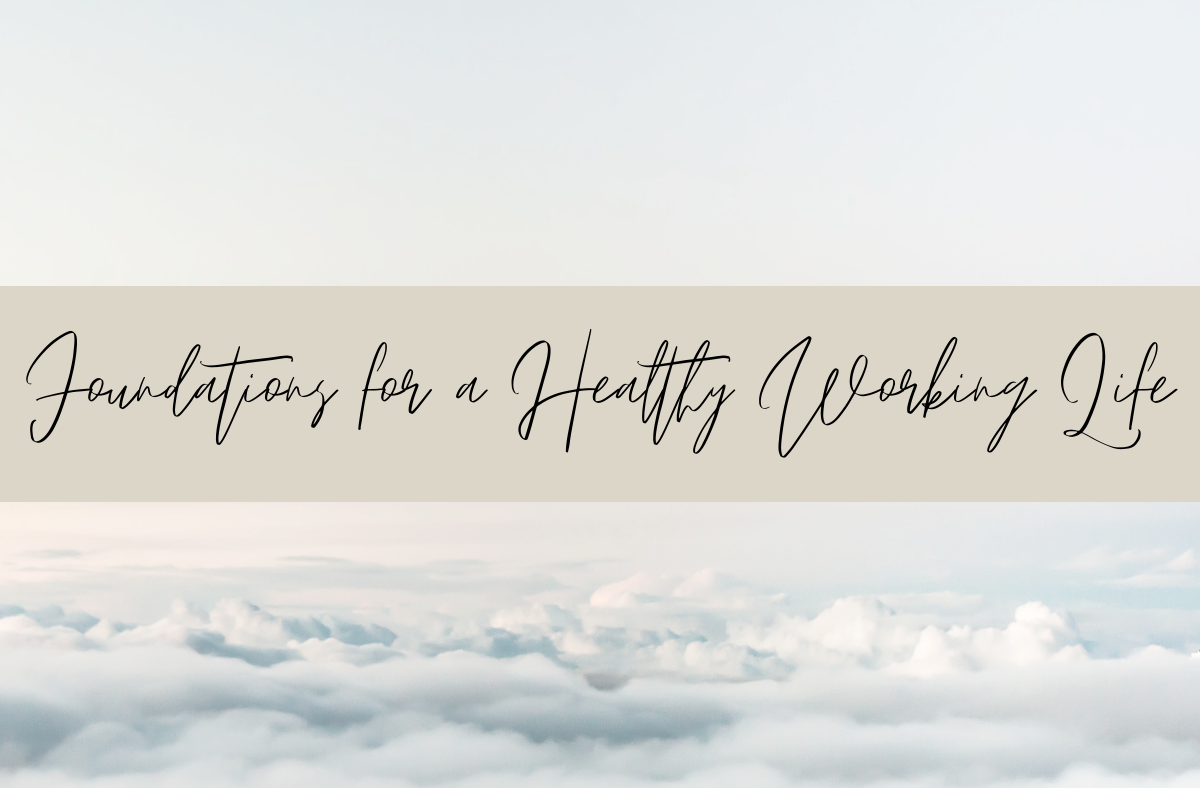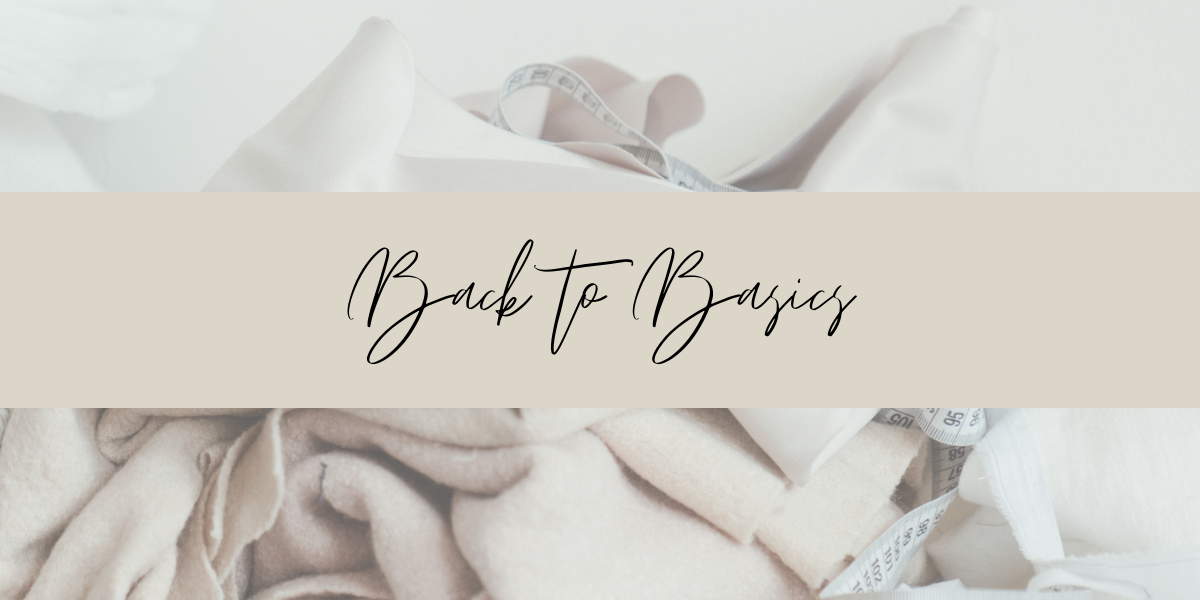
The Author Wants You to Know...
Name: Sue Phillips
Instagram: @homespunwithlove
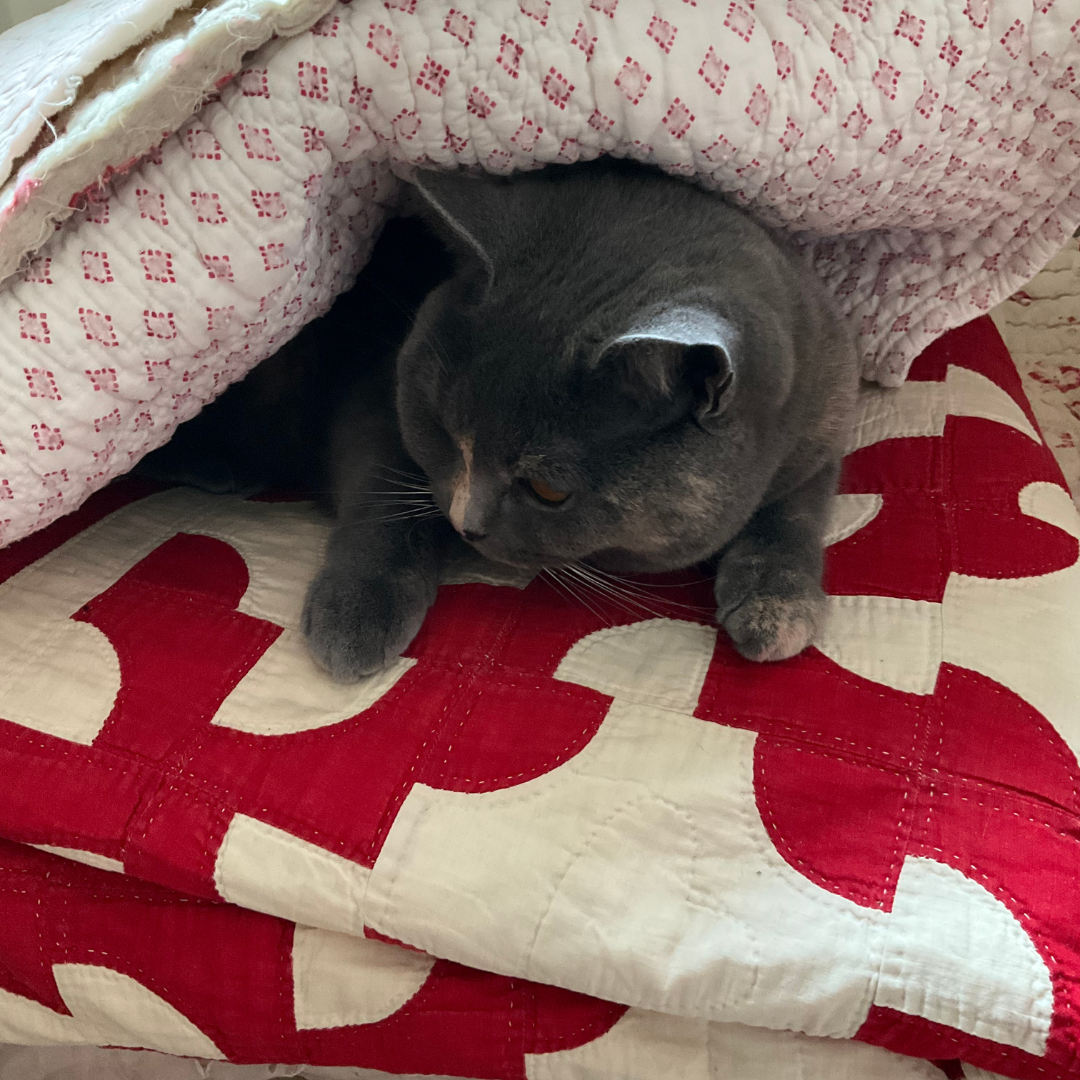
"When starting any new hobby, start with baby steps..."
Reading the previous “Celebrations” edition you will have noted I trained as a needlework teacher, but I also trained as a Home Economics teacher too. Now that doesn’t necessarily mean I can sew haute couture, or rustle up a Cordon bleu meal, but the one thing my training did provide me with was a good grounding in basic skills ~ the foundations which enabled me to develop and hone my skills throughout my career.
One of the first things I would say to anyone embarking on any trade or new hobby, is to ensure you invest wisely in your tools and materials. I was always quoted “Buy the best you can afford” ~ and I feel I must endorse this. If you invest in tools/equipment wisely they will last you a lifetime, if used correctly (note to family - keep your hands off my dressmaking shears). To this day I am still using knives that I had to invest in for my teacher training course (and for those of you that want the maths, that’s 47 years ago).
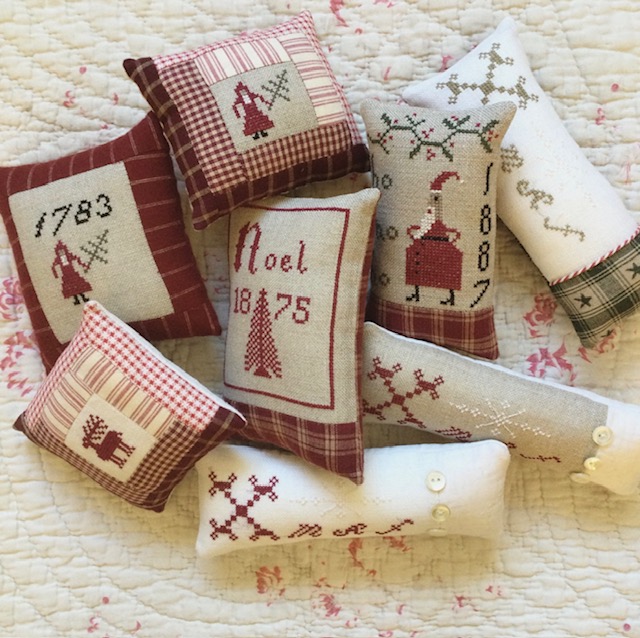
Foundation Skills
When starting any new hobby, start with baby steps. In needlework the Running Stitch is probably the most basic of all stitches ~ a row of stitches with gaps in between.
Once you are confident with the fundamentals of a basic stitch it can then be taken to the next stage, as is the case with this oven mitt I made at Primary School ~ using a basic gingham (check fabric), to guide the cross stitches ~ and look where this eventually took me in later years ~ following intricate cross stitch charts on counted linen, or sewing with a backstitch to create shapes and mark outlines.
When cooking you can take the bucket chemistry approach, just chucking what comes to hand into the mixing bowl and hoping for the best. However I’ve always preferred to follow a recipe and one of the best things I ever invested in was a solid mechanical pair of balance scales with cast iron weights ~ and yes, I still work in lbs (pounds) and ozs (ounces). Why change something if it works well for you? Regarding the scales, I’ve not had to deal with splitting plastic bowls, scratched or cracked screens, low battery power ~ they are definitely more sturdy and durable, and hopefully won’t end up in landfill when I’ve finished using them. My scales are approximately 3 years younger than my knives and still weighing accurately to this day, and will do forever.
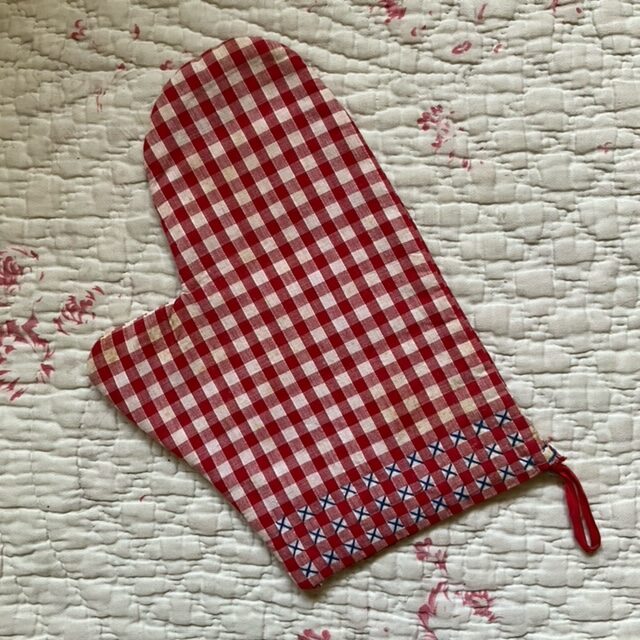
Flapjack Recipe
One of the first basic recipes I ever made was flapjack, and the following is the best recipe I’ve ever come across, making a very moist flapjack - it’s the baking that makes the difference. I’ve tasted some that are very hard like a brick in my day, or very dry and crumbly - either through over cooking, or not measuring the syrup properly.
Tip - wet a tablespoon under a very hot running tap and the syrup should glide off your spoon more easily. Unbelievably, I was once told by a much younger staff member that the trouble with me was, I was too old fashioned, when I once provided this basic tip in a class I was supporting at college.
4ozs / 100 gms hard margarine (I use Stork)
1 oz / 25 gms caster sugar
2.5 tablespoons golden syrup
8 ozs / 200 gms oats
- Preheat oven Gas 4, Electric 180c.
- Grease a baking tin, at least 3 cm deep, approx 20 cm square
- Place margarine, syrup and sugar into a large saucepan. Melt over a low heat. Don’t be tempted to turn the heat up - you will burn the sugar/syrup. Stir to ensure thoroughly mixed together.
- When fully melted, turn off heat and stir in oats, until all are wet.
- Press into the greased tin.
- Bake for approx 20-30 mins - this will depend on your oven. Some may require a little longer, some less. The edges should just be starting to brown and still look moist in the middle. Pale golden brown in colour.
- Remove from the oven and mark into squares whilst still soft. Do not remove from the tin until quite cool, otherwise it will just fall apart. Use a palette knife to lift out, if you have one - another one of my college tools still in use.
Optional - I usually double the amount. I place half of the mixture in a tin measuring 17 cm x 28 cm, and then lay on top some halved dried apricots. Then I cover the apricots with the remaining mixture. You could use any dried fruit. You could also opt to use a muesli mix instead of oats, or half and half.
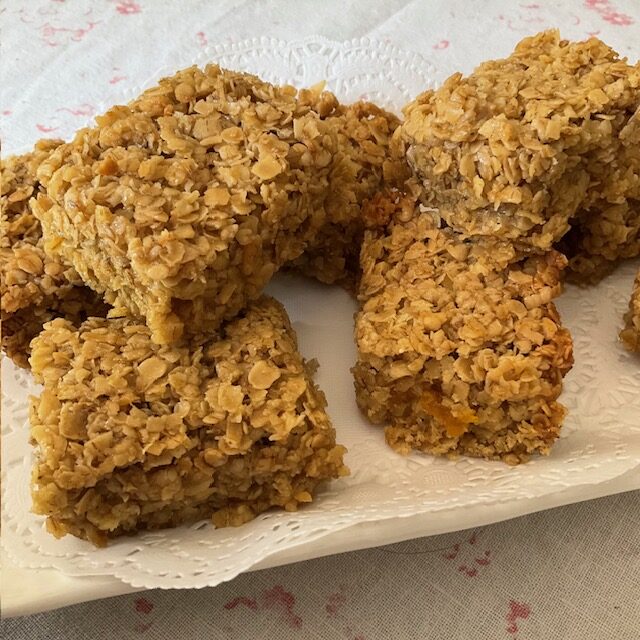
To view some of Sue’s beautiful homespun items and seasonal crafts, visit her Folksy store and use code Celebration10 for 10% off all orders:
If you enjoyed this article, why not read...
Your online magazine showcasing a collection of personal stories intended to empower, inspire & celebrate. If you've enjoyed reading...
Celebration of Self Magazine is property of WAGMAG LTD 2023

